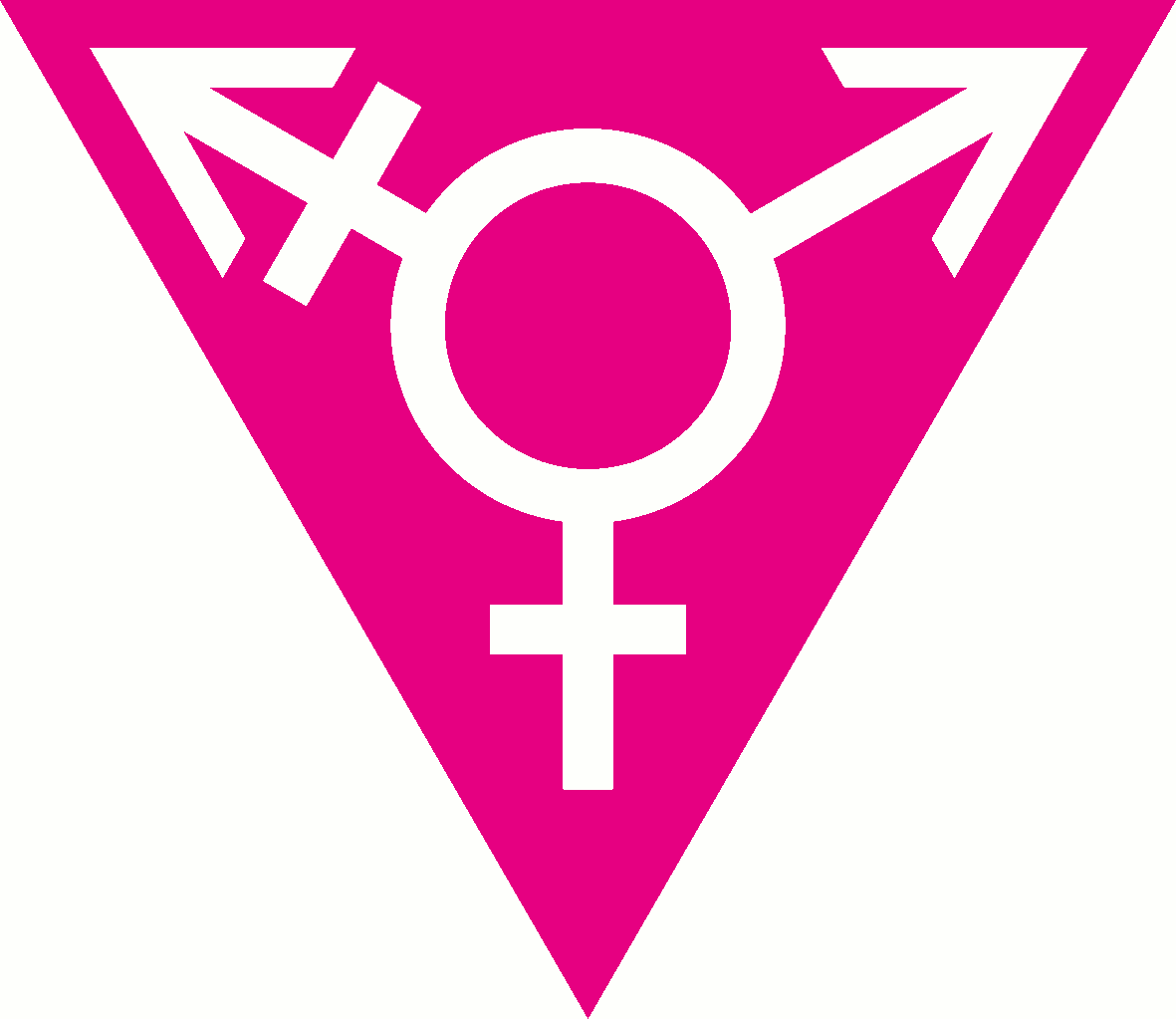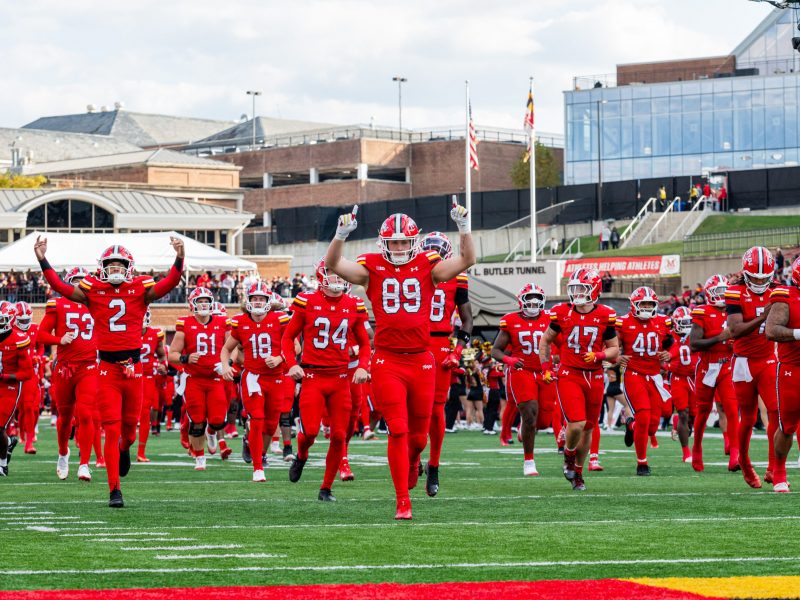
Transgender symbol
The “T” in LGBT has often been an afterthought, left behind to maximize mainstream appeal for the gay rights movement. Transgender activists have fought tooth and nail, often against both gay rights groups and their detractors, in the battle against discrimination.
The first major conflict of interest between gay rights groups and transgender rights came in the formative years of the modern LGBT rights movement. The Gay Liberation Front, formed in New York City after the Stonewall Riots, had transgender protections omitted from a 1971 nondiscrimination bill on the grounds that it wouldn’t pass with such “extreme” language.
In 1979, Janice Raymond, a lesbian and radical feminist, published a book called The Transsexual Empire: The Making of the She-Male. In the book, which many have deemed transphobic, Raymond claimed that “all transsexuals rape women’s bodies by reducing the real female form to an artifact” and that transgender individuals simply seek “to colonize feminist identification, culture, politics and sexuality.”
Similar anti-transgender sentiments came from Jim Fouratt, a participant in the Stonewall Riots and early member of the Gay Liberation Front. In 2001, during the Heritage of Pride Rally in New York City, Fouratt gathered before thousands of LGBT rights activists to spew some of the most outraging anti-transgender sentiments.
“We now see gay academics and pop journalists embracing this new push to make gay men and lesbians straight by leading them to endure painful physical body manipulation and dangerous hormonal injections,” Fouratt said. “Speak up. Help those gender-variant gay men and women who are under siege to save their pennies to mutilate their bodies to gain acceptance into the heterosexual society.”
Elizabeth Birch, who became the executive director of the Human Rights Campaign in 1995, claimed at a Chicago LGBT rights meeting that making inclusion of transgender rights in the Employment Non-Discrimination Act a top legislative priority would occur “over my dead body.”
The Human Rights Campaign, the largest LGBT civil rights group in America, has often viewed transgender issues as secondary to gay, lesbian and bisexual ones. The HRC focused on the marriage equality movement, placing little emphasis on any pro-transgender legislation. In 2001, when this state passed a bill that made discrimination based on sexuality illegal, the HRC proclaimed that this state was becoming “a discrimination-free zone,” despite the fact that it was still legal to fire someone solely because of gender expression.
Things are getting better. In 2002, the HRC founded the Corporate Equality Index, a way to measure a company’s support of its LGBT employees, and found that only 5 percent of businesses included gender identity in their non-discrimination policies. Now, 86 percent of them do. After excluding transgender protections, the HRC lobbied for a trans-inclusive nondiscrimination bill that passed in the Senate.
Transgender issues and individuals are now receiving mainstream attention. Orange is the New Black star Laverne Cox was the first transgender actress to be nominated for an Emmy. Also, more universities, including this one, are implementing gender-neutral bathrooms and dorms.
Even Vice President Joe Biden realized the importance of the movement, saying transgender discrimination is “the civil rights issue of our time.” Considering only 37 percent of people live in a state that bans discrimination against transgender individuals, there is great reason to hope for change in the future.



